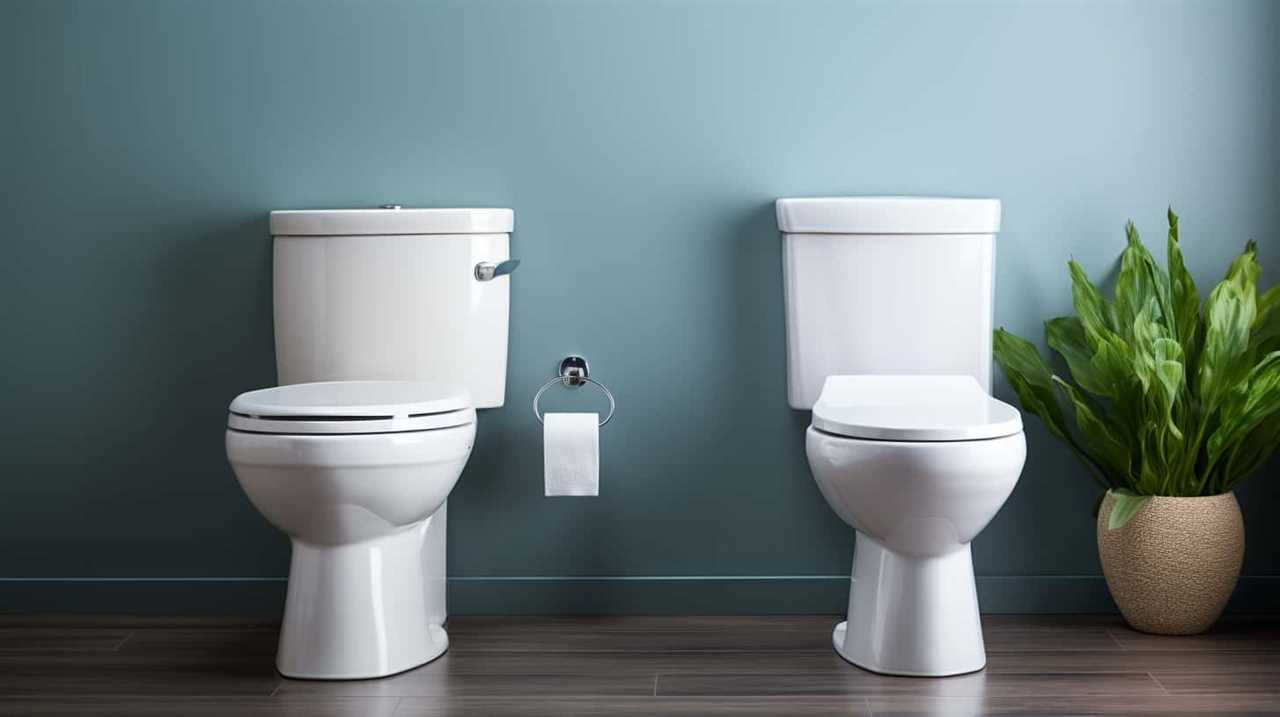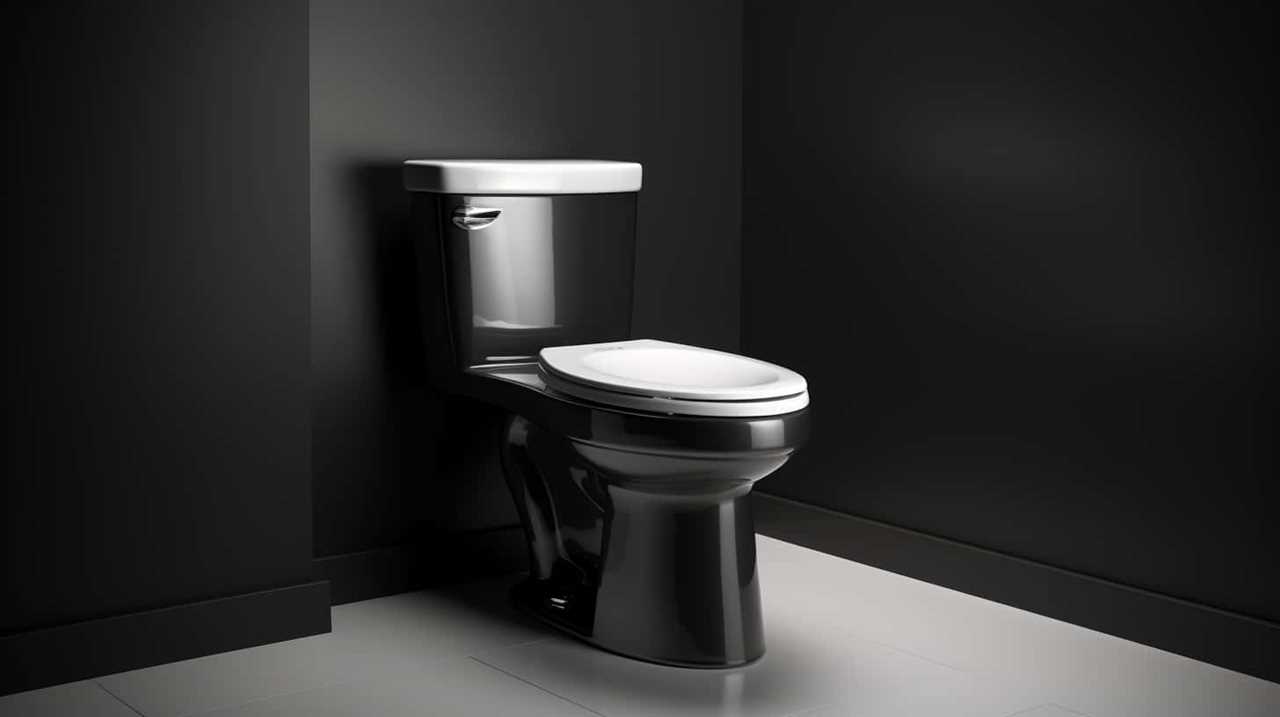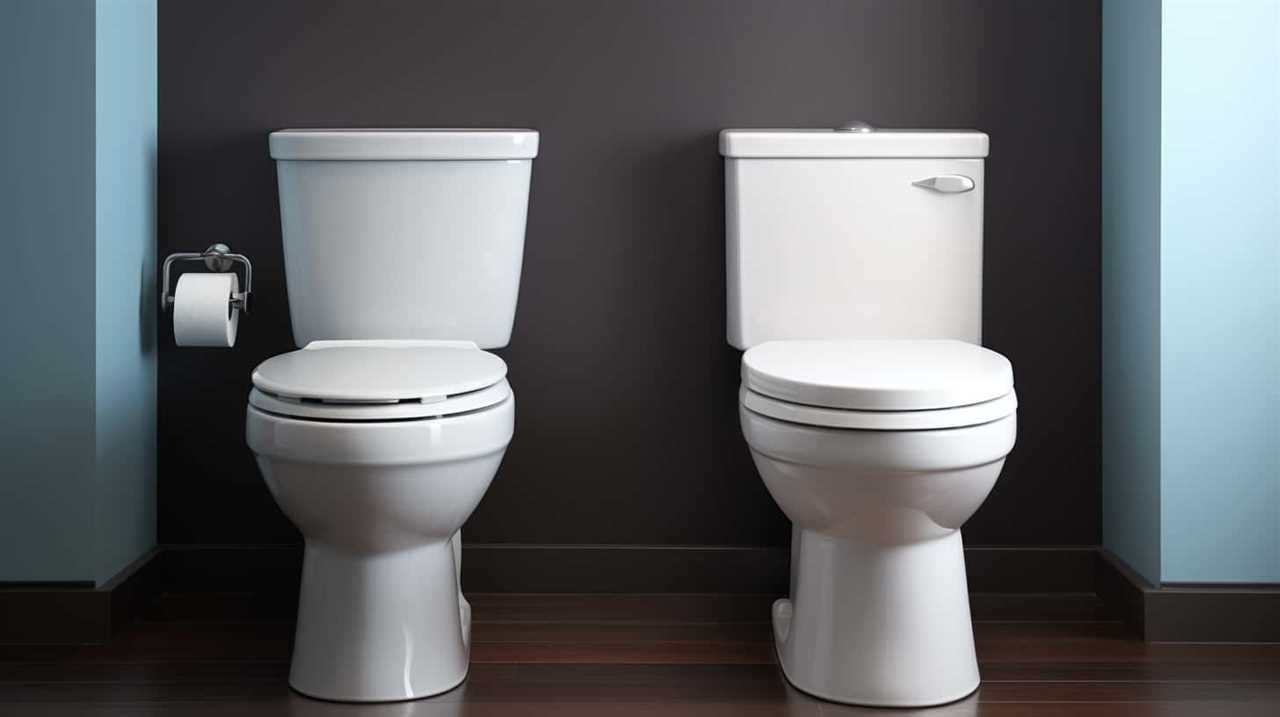Can facial tissues be safely flushed down the septic system?
We all want to ensure the longevity and efficiency of our septic systems, but it’s essential to understand the potential risks that certain products may pose.
In this article, we will explore the composition of facial tissues and their impact on septic systems.
By providing guidelines for proper disposal and exploring alternative options, we aim to empower our readers with the knowledge they need to make informed decisions for septic-safe living.

Key Takeaways
- Regular maintenance of septic systems is essential to prevent issues like backups and odors.
- Facial tissues can cause clogging in septic system pipes and should not be flushed down the toilet.
- Eco-friendly alternatives like bamboo or recycled materials are recommended for facial tissues to minimize the risk of clogs and blockages.
- Responsible disposal practices, such as placing facial tissues in a designated trash bin or composting biodegradable ones, contribute to a well-functioning septic system.
Understanding Septic Systems
Let’s delve into the intricacies of septic systems and how they handle waste. Understanding septic systems is crucial for their proper maintenance and to prevent common septic system problems.
Septic systems are self-contained wastewater treatment systems, typically used in areas without access to public sewage systems. They consist of a septic tank and a drain field, working together to treat and dispose of household wastewater.
Septic system maintenance involves regular pumping of the septic tank to remove accumulated solids and prevent clogs. Neglecting septic system maintenance can lead to issues such as backups, odors, and even system failure.
Common septic system problems include drain field failure, clogged pipes, and overflowing tanks. These problems can result from improper use, lack of maintenance, or aging infrastructure.

Now, let’s transition into the subsequent section where we’ll explore the composition of facial tissues.
The Composition of Facial Tissues
Continuing our exploration of septic systems and their maintenance, we now turn our attention to the composition of facial tissues. Understanding the composition of facial tissues is crucial in determining their impact on septic systems.
Most facial tissues are made from virgin wood pulp or recycled paper, which undergo a bleaching process to achieve a soft, white appearance. However, the chemicals used in the bleaching process, such as chlorine, can be harmful to septic systems. Additionally, the strength and absorbency of facial tissues can contribute to clogs and blockages in the system.
To mitigate these potential risks, it’s recommended to opt for eco-friendly alternatives, such as facial tissues made from bamboo or recycled materials. These alternatives are biodegradable and less likely to cause harm to septic systems.

Transitioning to the next section, we’ll now explore the potential risks to septic systems caused by facial tissues.
Potential Risks to Septic Systems
To fully understand the impact of facial tissues on septic systems, we need to examine the potential risks they pose. When it comes to septic system maintenance, it’s important to be aware of the potential risks that facial tissues can present. Here are some of the risks associated with using facial tissues in septic systems:
- Clogging: Facial tissues are designed to be soft and absorbent, which means they can easily become saturated with water and other substances. When flushed down the toilet, these tissues can clump together and create blockages in the septic system pipes, leading to potential backups and costly repairs.
- Biodegradability: Unlike toilet paper, facial tissues aren’t specifically designed to break down quickly in water. This means that they may take longer to biodegrade in septic systems, potentially causing accumulation and further clogging.
Understanding the potential risks associated with using facial tissues in septic systems is essential for proper maintenance and avoiding costly repairs. Now, let’s explore some guidelines for disposing of facial tissues.
Guidelines for Disposing of Facial Tissues
Using proper disposal methods is essential for maintaining septic system health when it comes to facial tissues. It’s crucial to consider the environmental impact and adhere to proper hygiene practices.

Facial tissues, although seemingly harmless, can pose a threat to septic systems if not disposed of correctly. When disposing of facial tissues, it’s important to avoid flushing them down the toilet. Unlike toilet paper, facial tissues are designed to be more durable and resistant to moisture, which makes them less likely to break down in the septic system. Instead, they should be placed in a designated trash bin.
By following these guidelines, we can ensure that our septic systems remain in optimal condition and minimize any potential risks.
Now, let’s explore alternative options for septic-safe disposal.
Alternative Options for Septic-Safe Disposal
For septic-safe disposal of facial tissues, we can opt for placing them in a designated trash bin rather than flushing them down the toilet. This alternative option ensures that the facial tissues don’t enter the septic system and potentially cause issues.

There are several safe alternatives to consider for the disposal of facial tissues, each with its own environmental impact:
- Recycling: Facial tissues made from recycled materials can be disposed of in recycling bins. This reduces the demand for new resources and minimizes the environmental impact.
- Composting: Facial tissues made from biodegradable materials can be composted. This allows them to break down naturally and become a valuable resource for soil enrichment.
Frequently Asked Questions
Can Facial Tissues Be Composted Instead of Being Disposed of in a Septic System?
Facial tissues can be composted instead of being disposed of in a septic system. Composting offers numerous benefits, including reducing waste, improving soil quality, and minimizing environmental impact.
Are There Any Specific Brands or Types of Facial Tissues That Are More Septic-Safe Than Others?
Some facial tissue brands claim to be septic-safe, but there isn’t a definitive list of the best ones. Alternatives to facial tissues for septic systems include using cloth handkerchiefs or reusable cotton pads.
How Long Does It Take for Facial Tissues to Break Down in a Septic System?
Facial tissue alternatives have varying breakdown rates in septic systems. Understanding the length of time it takes for facial tissues to break down can inform decisions about their environmental impact.

Can Facial Tissues Cause Clogs in Septic Systems?
Facial tissues can cause clogs in septic systems due to their slow breakdown. To prevent this, consider using facial tissue alternatives that are septic safe. Additionally, the environmental impact of facial tissues should be taken into account.
Are There Any Chemicals or Additives in Facial Tissues That Could Harm the Bacteria in a Septic Tank?
Facial tissues, like other products, have a chemical composition that can potentially harm the bacteria in a septic tank. It’s important to consider the environmental impact of using such products in septic systems.
Conclusion
In conclusion, it’s crucial to consider the impact of facial tissues on septic systems.
While facial tissues are generally biodegradable, their rapid breakdown can pose risks to septic systems. Proper disposal guidelines must be followed to ensure septic-safe practices.

Alternatively, exploring alternative options for septic-safe disposal, such as using reusable cloth tissues, can be likened to finding a sustainable path that nurtures the delicate balance of our septic systems, much like a gardener tending to a thriving garden.










